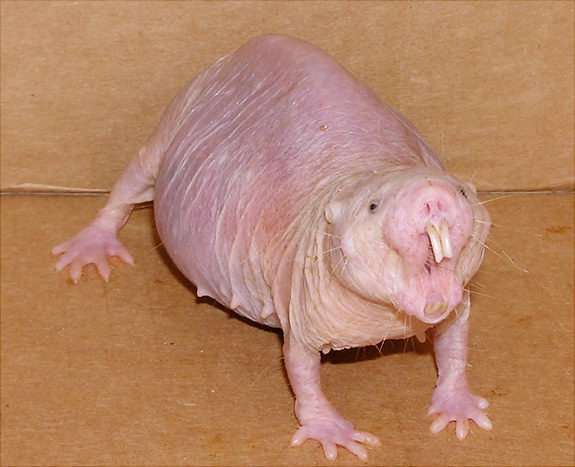New Insights into Circular RNA’s Role in Enhancing Wound Healing

Recent research conducted by scientists at Karolinska Institutet has uncovered a novel mechanism through which circular RNA (circRNA) influences the wound healing process. This breakthrough discovery suggests that circRNA could become a therapeutic target to accelerate tissue repair and minimize scarring. The study, published in Advanced Science, reveals the functions of a specific circRNA named CircGLIS3(2), which shows a transient increase in skin cells called fibroblasts following injury.
During wound healing, cells respond to signals such as inflammation, low oxygen levels, and cellular stress. The researchers found that CircGLIS3(2) is activated by these signals, playing a dual role in the repair process. Postdoctoral researcher Guanglin Niu explains that the RNA stabilizes a cytoplasmic protein called PCOLCE, which promotes tissue rebuilding, and concurrently, its protein product interacts with BTF3 in the nucleus to encourage cell growth.
This circRNA exhibits both regulatory RNA and protein-coding capabilities, illustrating the versatile nature of non-coding RNAs. Its dual functions enhance our understanding of how cells adapt to injury by utilizing single transcripts for multiple roles. The team developed a unique human wound healing model, collecting full-thickness skin biopsies from healthy volunteers at various healing stages.
Through RNA sequencing, they observed increased levels of CircGLIS3(2) in fibroblasts within wound tissues and identified an open reading frame suggesting its potential to produce proteins. Co-first author Maria A. Toma emphasizes that this discovery opens new pathways for therapies aimed at improving healing outcomes, especially for chronic or fibrotic wounds. Ning Xu Landén highlights the significance of this dual-function RNA in understanding gene regulation and cellular adaptability, proposing it as a promising target for future regenerative medicine solutions.
Overall, this research provides a new perspective on how circular RNAs participate actively in complex biological processes like wound repair, potentially leading to innovative treatments with better healing efficiency and reduced scarring.
Source: https://medicalxpress.com/news/2025-04-scientists-circular-rna-affects-wound.html
Stay Updated with Mia's Feed
Get the latest health & wellness insights delivered straight to your inbox.
Related Articles
Understanding Fall Allergies: Recognizing Symptoms and Managing Triggers
Fall allergies can cause intense and persistent symptoms similar to spring and summer. Learn how to identify triggers and manage your allergies effectively during the autumn season.
The Impact of Drugs Like Ozempic on Brain Function in Binge Eating
Exploring how medications like Ozempic may influence brain circuits involved in binge eating and cravings, offering new hope for targeted treatments.
Continued Use of Antiseizure Medications During Pregnancy Despite Risks
A recent study highlights the ongoing use of antiseizure medications during pregnancy, with some drugs posing known or uncertain risks to fetal development. The research calls for better management and awareness, especially among socioeconomically disadvantaged populations.
Breakthrough: First Genetically Engineered Cancer Model in Naked Mole Rats
Scientists have successfully created the first genetically engineered lung cancer model in naked mole rats, providing new insights into cancer resistance and development mechanisms applicable to human health.



